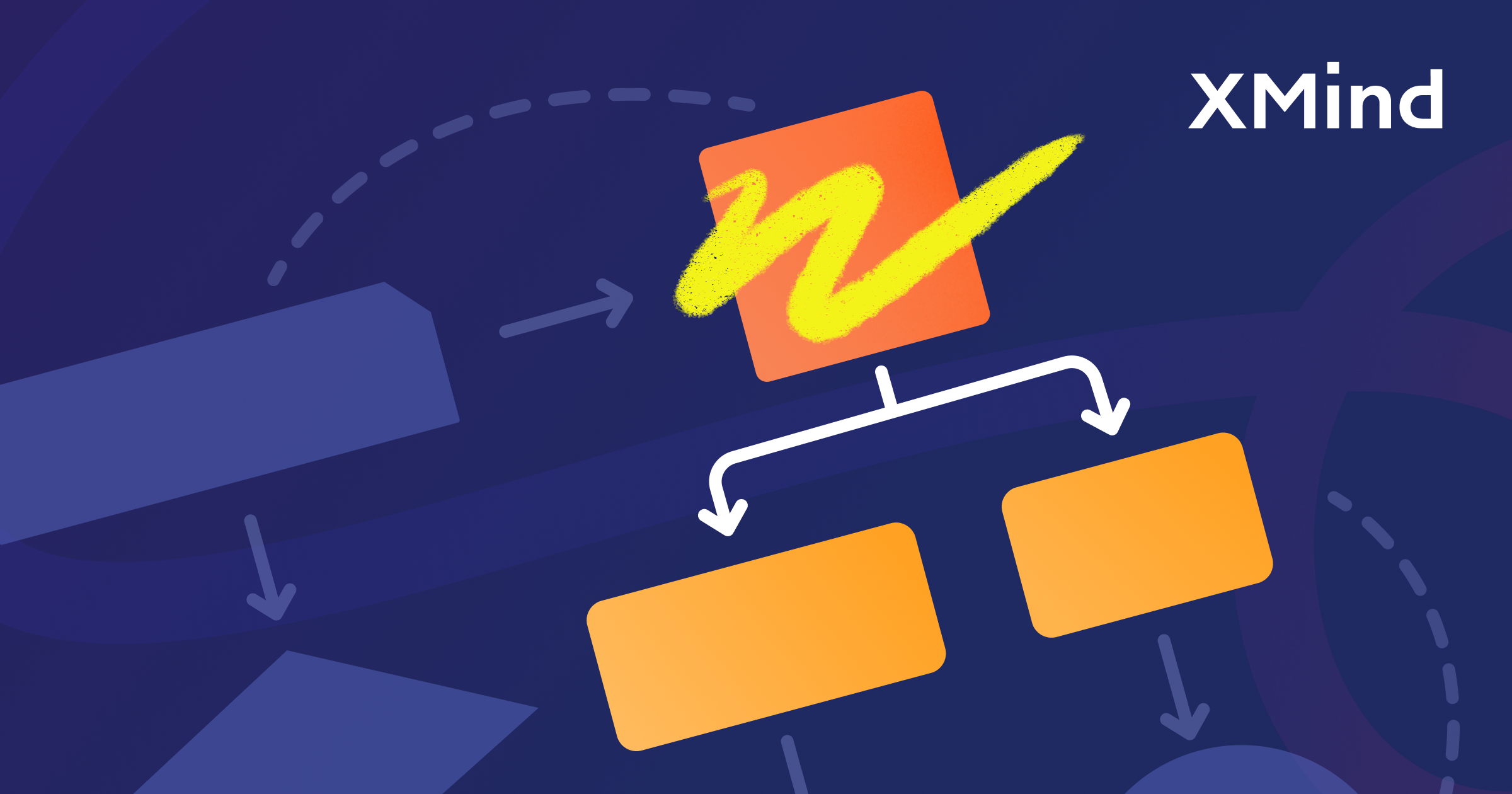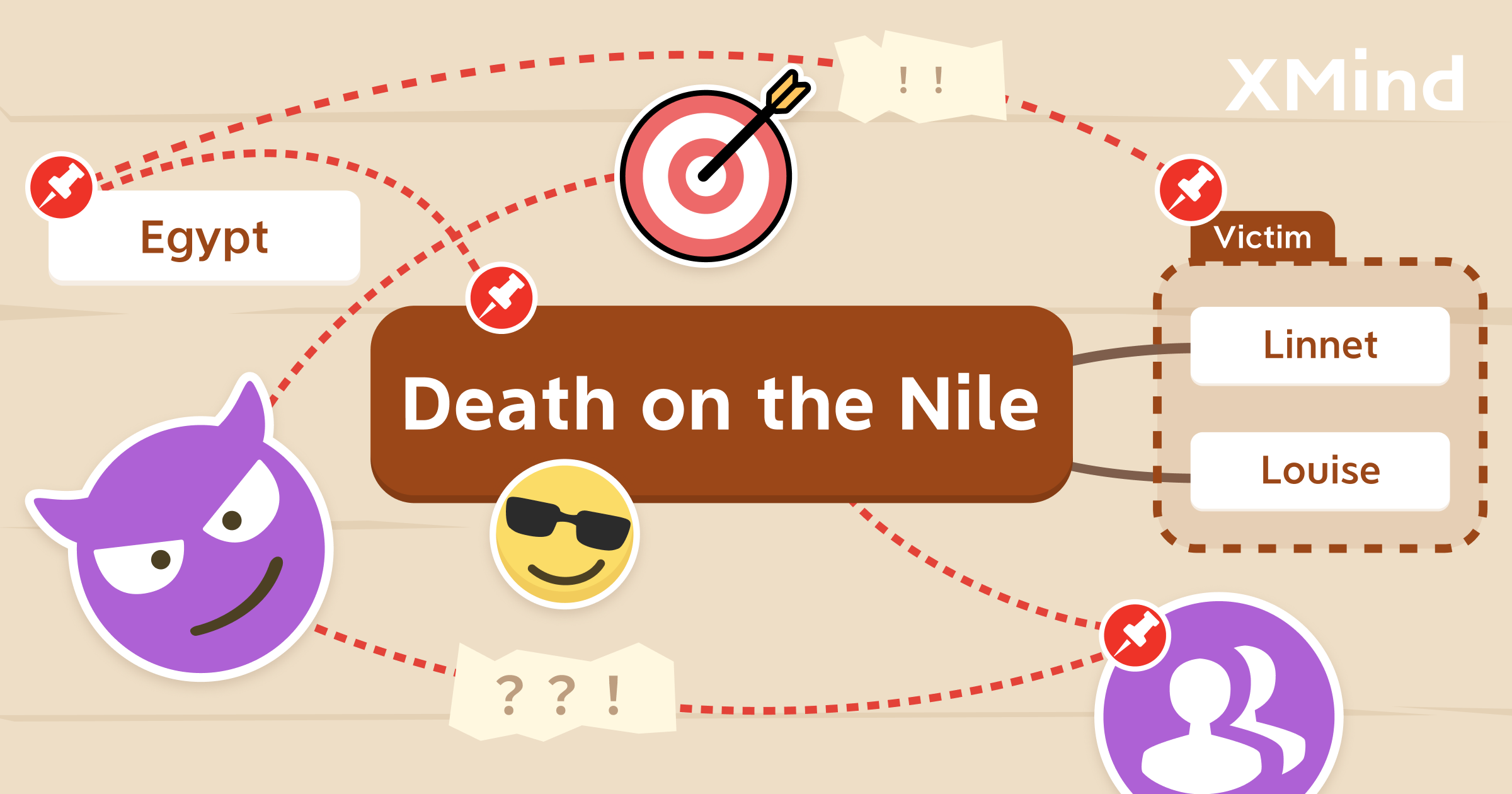Jul 22, 2021
The Power of a Pause: How Breaks Increase Productivity

Jul 22, 2021
The Power of a Pause: How Breaks Increase Productivity

For many of us, the idea of a full lunch hour seems like a luxury. According to a Robert Half study, approximately only half of employees take a daily lunch break (30 minutes or less), and 29 percent confessed to working through lunch. What’s more, as employees switched to remote work during the pandemic, there’s even less time for time-outs. An Indeed survey found that 60 percent of remote workers take fewer breaks now than pre-pandemic.
We work during lunch and skip periodic breaks for many reasons, including overloaded to-do lists, personal obligations taking up our “free time,” or wanting to appear dedicated to our role. Especially when working from home, we often want to prove to management we’re not slacking off and thus might be logging even more hours.
However, it’s in our best interest to step away from the desk and embrace consistent breaks (both long and short). As counterintuitive as it may seem, taking time away from work has productivity benefits that will increase effectiveness, and we’ve provided three data-backed reasons to prove it. We’ve also included strategies to incorporate more breaks throughout your work day.
1. Breaks Fuel Your Brain
If you skip lunch to “slog through” large projects and meet tight deadlines, you’ll likely be less effective than if they embraced the power of a pause.
Dr. William S. Helton, a professor at George Mason University, conducted a study requiring students to map train routes on a screen. One group continued this work for 45 minutes straight, while another group took a five-minute break to enjoy free time, listen to music, or watch a video. The break group performed better (regardless of which activity they chose) than the group without a break.
Short periods of downtime throughout the day help you relax and allow your brain a recess. When you return to the task at hand, it’s with fresh eyes and a revitalized mentality. Whereas if you push through when you need a break, you’re more likely to get distracted or show up poorly, resulting in a lackluster outcome.
2. Better Overall Health Results in Better Output
Not all breaks are created equal. If you spend lunch snacking at your desk, answering emails, taking a “kind of” break, you won’t experience the same advantages as you would with a healthy meal or quick walk. Even short breaks with light physical activity offer better benefits than scrolling social media at your workspace.
Additionally, focusing on health and wellness creates a domino effect of other benefits.
The experts at Hubgets explain, “The endorphins released and a number of other exercise-related benefits directly correlate to your ability to be more focused, energized, and present at your job. This all increases your chance of getting into the flow state, thus improving your productivity.”
Movement breaks help get your blood flowing and make you feel less tired and sluggish. Similarly, mindfulness practices reduce stress and anxiety, allowing you to better focus.
So don’t just take a break from your screen but take time to embrace activities specific to physical and mental health. For example, schedule in time to exercise during the workday or small pauses to meditate.
3. Healthy-Work Life Balance Is Essential to Success
Our digital society and the rise of remote work (not to mention a global pandemic) dismantled any semblance of work-life balance. Data from NordVPN found that workers logged three more average daily hours at the beginning of the pandemic. However, as the line between professional and personal life blurs, longer breaks are even more essential to efficiency and effectiveness.
You won’t come back from the weekend feeling fresh and ready to tackle projects if you’ve been plugged in and periodically answering emails. This is because your brain has no time to fully disconnect with workplace stresses consistently present in the back of your mind.
Many organizations have even experimented with shorter workweeks to give their staff longer breaks. Forbes explains that New Zealand financial firm Perpetual Guardian and Microsoft Japan successfully tested out 4-day work weeks. Microsoft reported a 40 percent rise in productivity (and savings on overhead costs).
Bottom line, you need time to unplug and reboot to come back to work ready to tackle the day. When you’re working around the clock while also worried about your personal life and vice versa, you’ll end up shortchanging any activity you give your attention to.
Tips for Promoting More Pauses
Change starts with action. Try a few of these tactics to promote more pauses and bolster productivity (and sanity!):
Embrace Asynchronous Communication
Try to eliminate unnecessary meetings and immediate responses using asynchronous communication methods like voice notes. This allows you to build more breaks into your schedule and attend to messages/conversations on your timeline.
Use a Timer
The experts at Coverwallet suggest using the Pomodoro method to be more effective when you work and force yourself to take breaks. They offer the example of successful entrepreneurs that set a timer for a task/project (i.e., 25 minutes) and completely focus during that period. When the timer goes off, they step away and take a break.
Schedule in Breaks like Non-negotiable Appointments
Hold yourself accountable by adding breaks into your schedule. Use Tree Table in XMind to build a daily schedule to ensure you have enough real breaks on the agenda!

Leverage a Culture of Healthy Break Taking
We often skip lunch, miss needed breaks, and check in on our time off when we feel insecure about our work environment. But the fact is, the more we embrace appropriate breaks, pauses in the workday, and real time-off, the more productive we are!
Commit to taking more breaks in your day and allow yourself to give your full attention to the task at hand. You’ll find you’re much more present when you don’t overwork yourself or split your focus while multitasking.
More Posts
How to Create a Flowchart in XMind (2022) | Tutorial Videos
A compilation of tutorial videos on mind mapping techniques, tricks, and tips. Find in this post how to build a flowchart using shapes and the relationship feature in XMind.

How to Read a Detective Fiction: The Ultimate Guide with XMind
Enjoy reading detective stories with XMind and master these practical tips and tricks for both desktop and mobile.

Create and Organize Recipes With Mind Maps and Tree Table Templates
Using this free tree table template on the newest version of XMind you can create your own recipe, or document your favorite dishes for future tasty journeys in the kitchen!


One space for all your ideas
Organize thoughts, visualize structures, connect ideas, and unlock insights.
Get Started for Free


